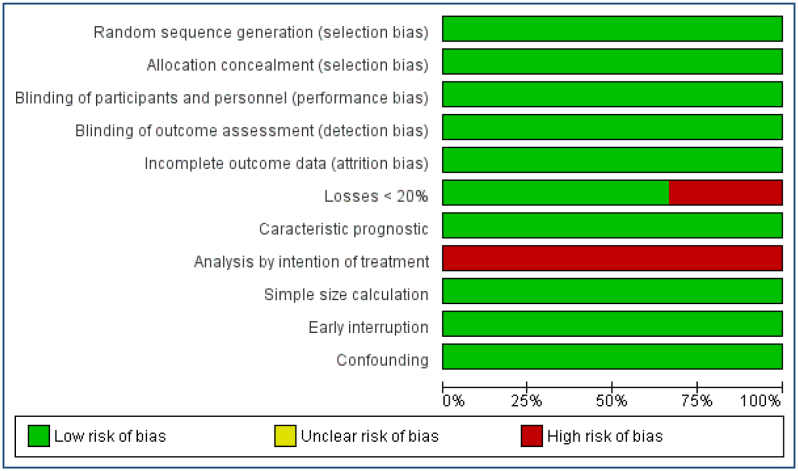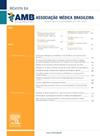The use of esketamine in the treatment of patients with severe depression and suicidal ideation: systematic review and meta-analysis.
IF 1.3
4区 医学
Q2 MEDICINE, GENERAL & INTERNAL
引用次数: 2
Abstract
INTRODUCTION Depression is a very common and disabling mental illness and can be assessed by applying several questionnaires, the most common being the Montgomery-Asberg rating scale1, scoring on a scale of 0–60, where 7–19 denotes mild depression, 20–34 moderate depression, and greater than 34 severe depression. Major or severe depression is commonly associated with suicidal ideation, resulting in a suicide attempt or suicide. Esketamine, the S-enantiomer of racemic ketamine, is an antidepressant with a novel mechanism of action. It is a nonselective, noncompetitive antagonist of the N-methyl-Daspartate receptor and the ionotropic glutamate receptor. It promotes increased stimulation of the α-amino-3-hydroxy5-methyl-4-isoxazole propionic acid receptor (AMPAR) and neurotrophic signaling, which restore brain synaptic function. However, the mechanism by which esketamine exerts its antidepressant effect is unknown. Unlike other antidepressant treatments, the primary antidepressant action of esketamine does not directly involve monoamine, GABA, or opioid receptors2. The aim of this systematic review was to evaluate the use of esketamine compared to placebo in patients with severe depression and suicidal ideation. CLINICAL DOUBT What is the efficacy and safety of using esketamine in the treatment of patients with severe depression and suicidal ideation?



使用艾氯胺酮治疗重度抑郁症和自杀意念患者:系统回顾和荟萃分析。
本文章由计算机程序翻译,如有差异,请以英文原文为准。
求助全文
约1分钟内获得全文
求助全文
来源期刊
CiteScore
2.20
自引率
0.00%
发文量
276
审稿时长
12 weeks
期刊介绍:
A Revista da Associação Médica Brasileira (RAMB), editada pela Associação Médica Brasileira, desde 1954, tem por objetivo publicar artigos que contribuam para o conhecimento médico.

 求助内容:
求助内容: 应助结果提醒方式:
应助结果提醒方式:


